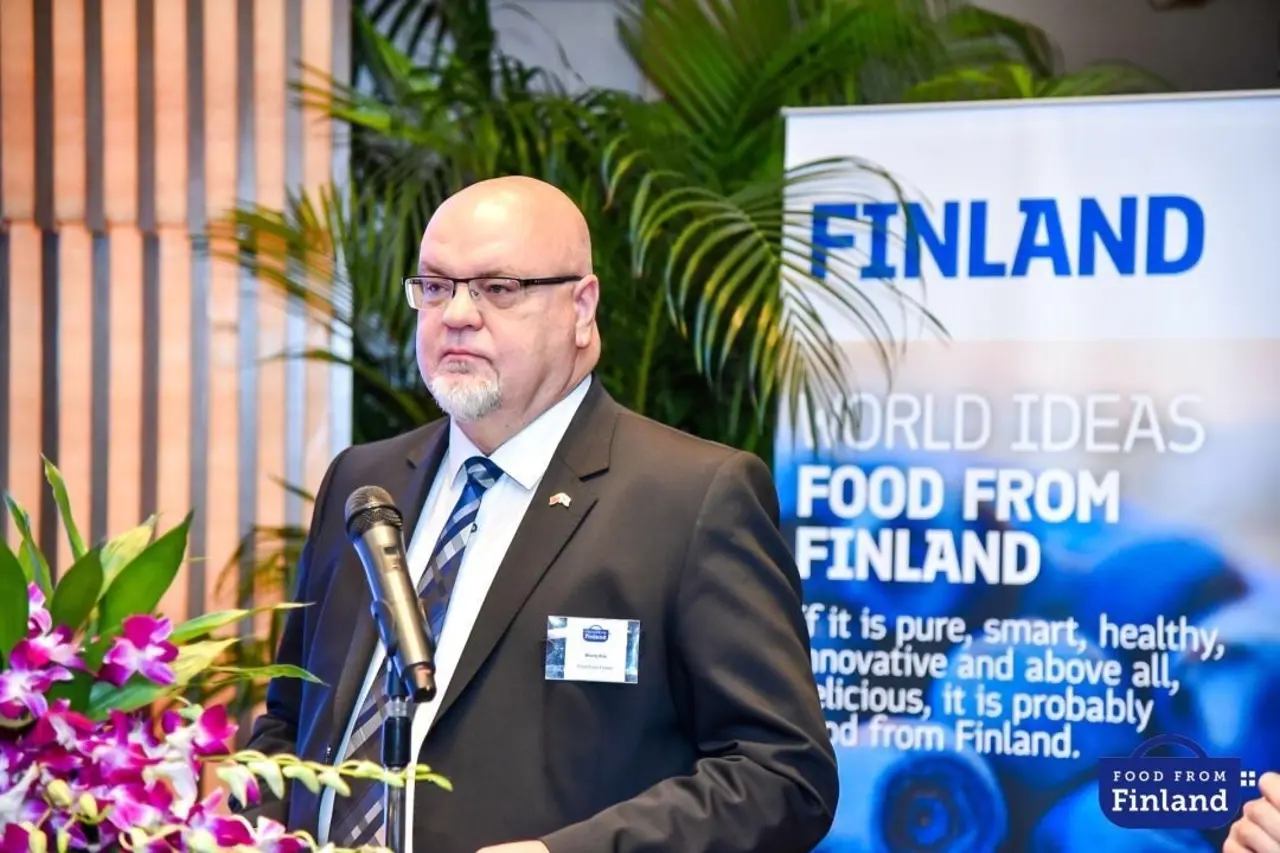A newly completed strategy points the way to the future of food exports
The world changed in February when Russia attacked Ukraine. We were faced with a completely new kind of anxiety, unlike anything the present generations have ever experienced before. Russia's unpredictable military action and the sanctions imposed by the EU have both direct and indirect effects on Finnish companies, including the food sector. Many food companies have already announced that they will suspend exports to Russia.
While the world's political situation wavers, Finnish agriculture is perhaps in its worst cost crisis in living memory. Many farms are closing down due to a lack of profits. However, it is not too late to make rapid decisions to maintain not only our high-quality food production, but also the security of Finland's domestic food supply.
Approximately 60% of Finland's food exports now go to the European Union, over 30% to countries outside the EU, and only 6% to Russia. This situation, too, was completely different only eight years ago.
It is also very important in unexpected crises. We do not want to rely on imported food, which would be a major strategic mistake or possibly even a fatal one. Fortunately, Finland's food exports have also diversified greatly in recent years, and now roughly 60% of them go to the European Union, over 30% outside the EU, and only 6% to Russia. This situation, too, was completely different only eight years ago.
The food industry's brand new strategy is a concrete and collective effort within the sector
The food industry's strategy and vision for the year 2030 was published on 15 February 2022. Learn more about the food industry's strategy and its content.
This strategy results from cooperation between food industry companies, key stakeholders, and Business Finland. Such a comprehensive strategy for internationalizing the food sector and conducting a broad assessment of its market potential has never been carried out in Finland before. The strategy effectively uses Finland's national strengths to create growth, competitiveness, and value creation to support food exports.
The current strategy is a concrete outlook of the state of Finland's food exports, future development needs, and prevailing market opportunities. The strategy envisions Finland's future with an internationally renowned food profile, based on pure nature, pure ingredients, sustainable production, open information sharing, and good cooperation between operators.
Finland may be the first country in the world to have a fully transparent, safe, and responsible food value chain. Business Finland's work on ecosystems will also contribute to this goal.
The role of food exports has increased even further
However, Finland must raise its ambitions for food exports, just as many EU countries have already done for a long time.
Promoting food exports will increase business growth, competitiveness, added value for products, and the number of jobs in Finland. Because domestic food consumption has not increased, food exports are strategically significant for the growth of Finnish food companies, Finland's national self-sufficiency, and its sustainable agriculture.
World food market trends are indeed signaling good tailwinds for the appreciation and export of Finnish food.
Finnish food and beverages are not yet known worldwide, but they are among the best in the world in many respects. This is evidenced by the many international accolades and awards that Finnish products have won in recent years. The cornerstones of our food exports are high-quality dairy products, antibiotic-free meat, innovative cereal products, and alcohol products that have won prizes worldwide. World food market trends are indeed signaling good tailwinds for the appreciation and export of Finnish food.
Finland should invest in value-added export products
Healthy and natural foods have been at the forefront of international food trends for a long time now. More and more innovative value-added products have emerged alongside the export of ingredients, leaving more added value in Finland. For example, innovative and high-quality processed milk and oats are both an important part of our total exports. High-quality Finnish oats are valued worldwide; the demand for organic and gluten-free oats, in particular, increases constantly.
The positive trend also applies to the worldwide increase in organic products and the robust growth in the market for various free-from products, such as gluten-free and lactose-free products. Demand is growing rapidly for vegan and other plant-based products and meat substitutes from plant-based proteins. Business Finland, for its part, has also contributed to and funded this development.
Climate change and the sustainability of Finnish food production
Climate change is changing food production. With this in mind, Finland has prepared both a climate roadmap for primary production and low-carbon roadmaps for the food and grocery industries. The Finnish food industry is committed to reducing its greenhouse gas emissions by 75% by 2035. This work within the Finnish food industry will significantly contribute to a green transition and increase the competitiveness of our companies around the world. Finland has worked hard, for example, to reduce waste and make extensive use of side streams in food production.
The Food From Finland program continues its mission to create international competitiveness and a distinctive character for Finland and the Finnish food supply, setting it apart from the competition. Finland can profile itself as a world leader in innovative, safe, healthy, and transparent food production that incorporates the principles of sustainable development.
